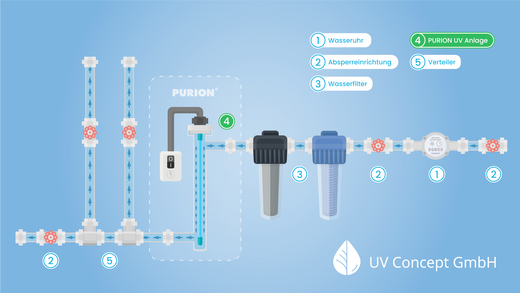Concept
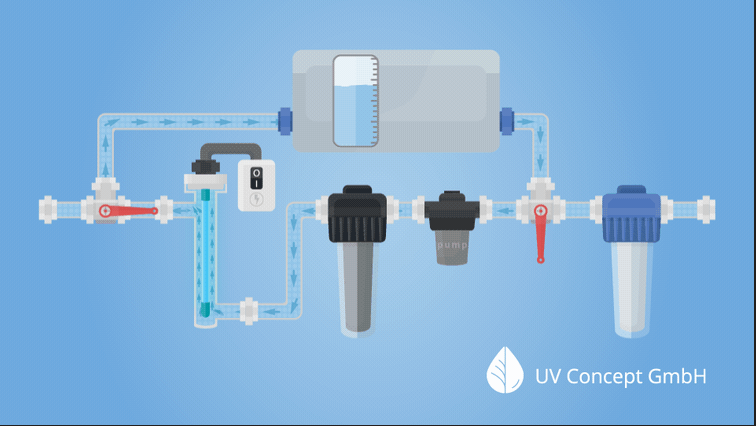
Autonomous Water Supply for Mobile Applications: PURION Mobile Concept
The PURION mobile concept: A holistic, chemical-free water treatment for mobile applications. Safety and quality in one system.
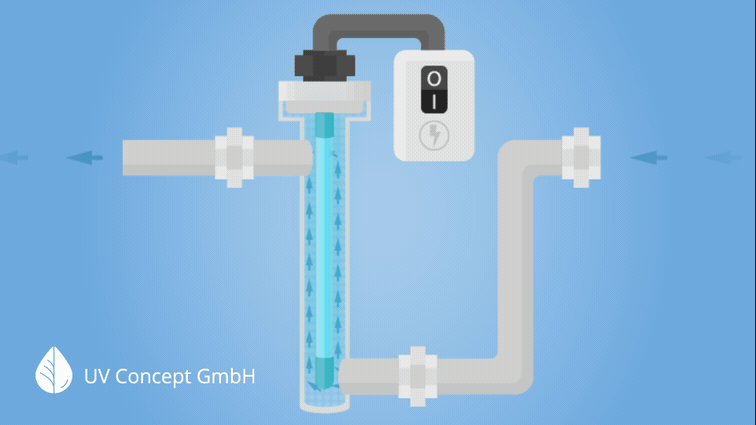
Complex water treatment: PURION UV system combined with water filters
Discover the PURION UV system and its role in water treatment. Combined with filters, it ensures clean and healthy water.
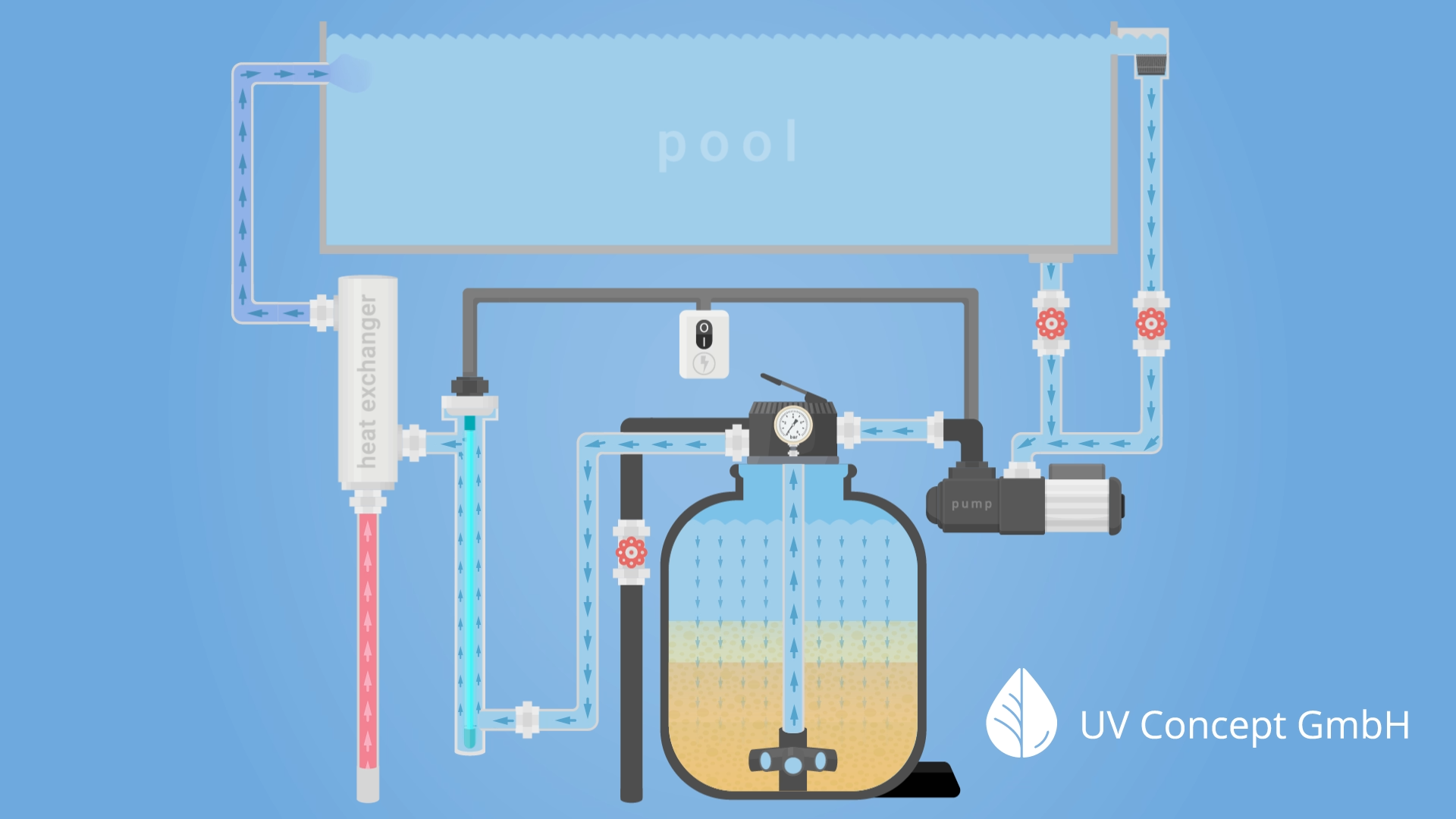
UV system for pools: Simple and effective
A clean pool thanks to the UV disinfection system. Learn how to ensure crystal clear water and a refreshing swimming experience.
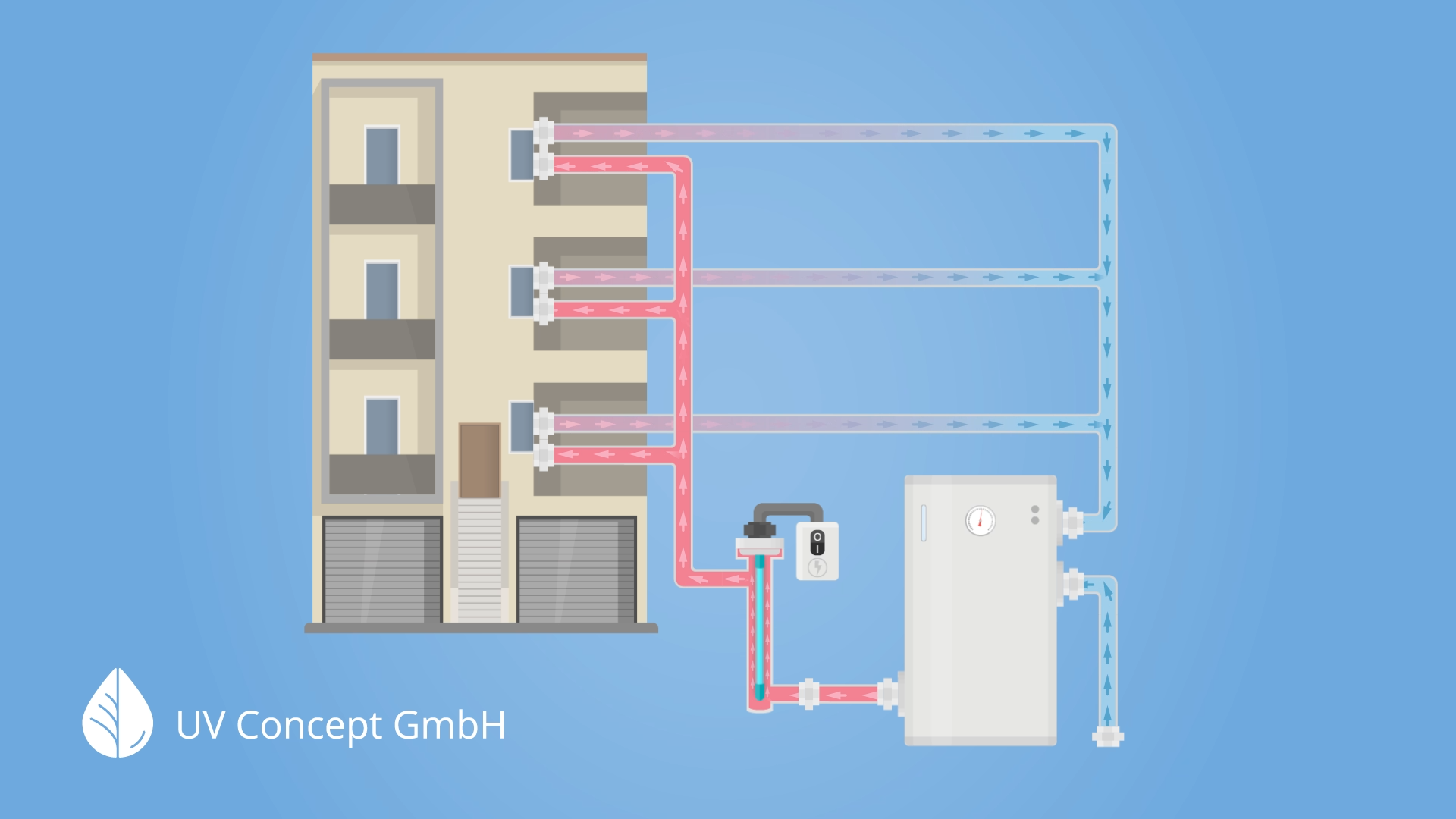
UV system against Legionella: Safety and Efficiency
The UV system: Your eco-friendly solution against Legionella in hot water systems. Confirmed by the DVGW worksheet W551.
 Telefon: +49 3641 327 9697
Telefon: +49 3641 327 9697
 Offizieller Purion Händler
Offizieller Purion Händler
 Europaweite Lieferung
Europaweite Lieferung

